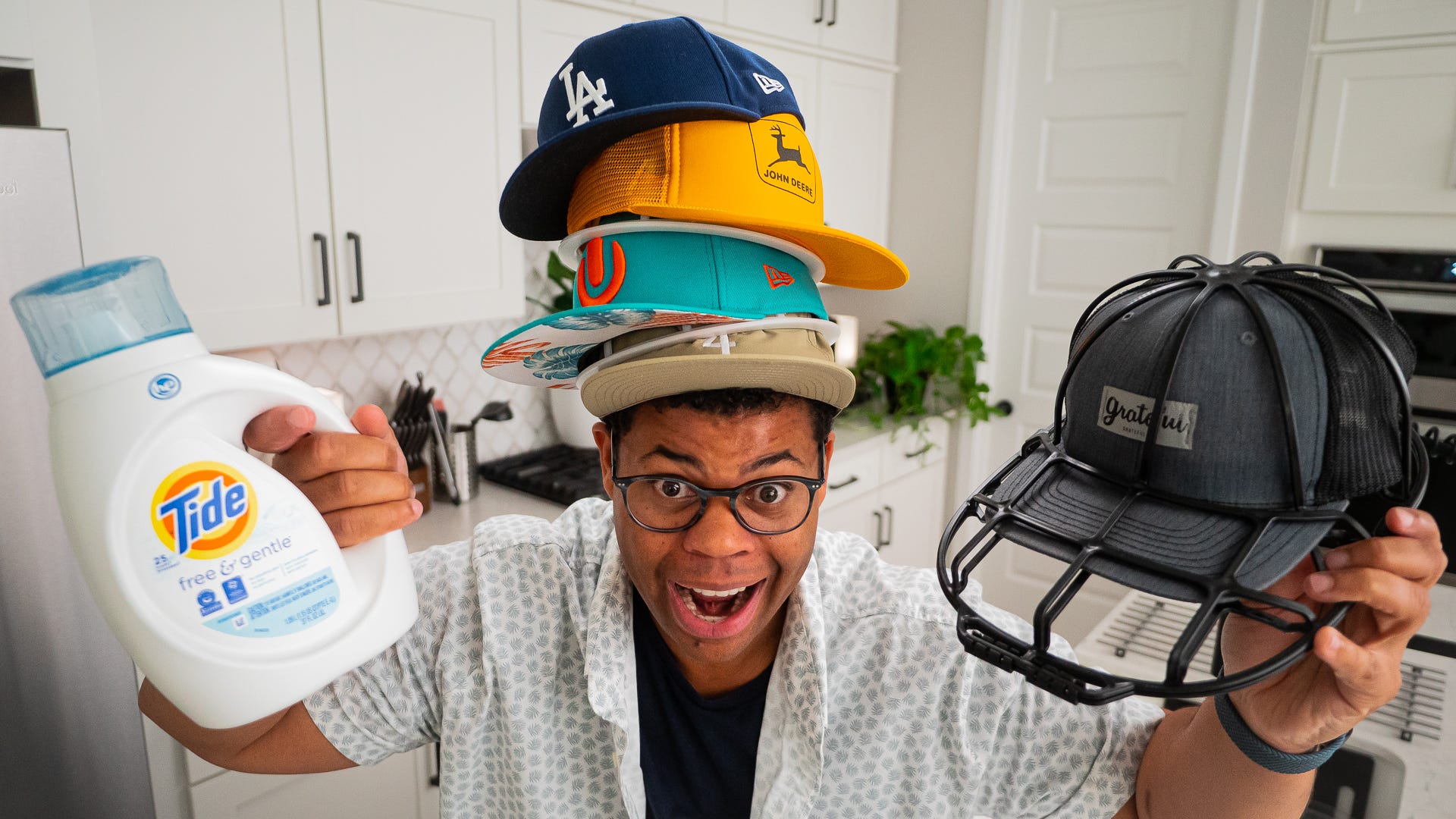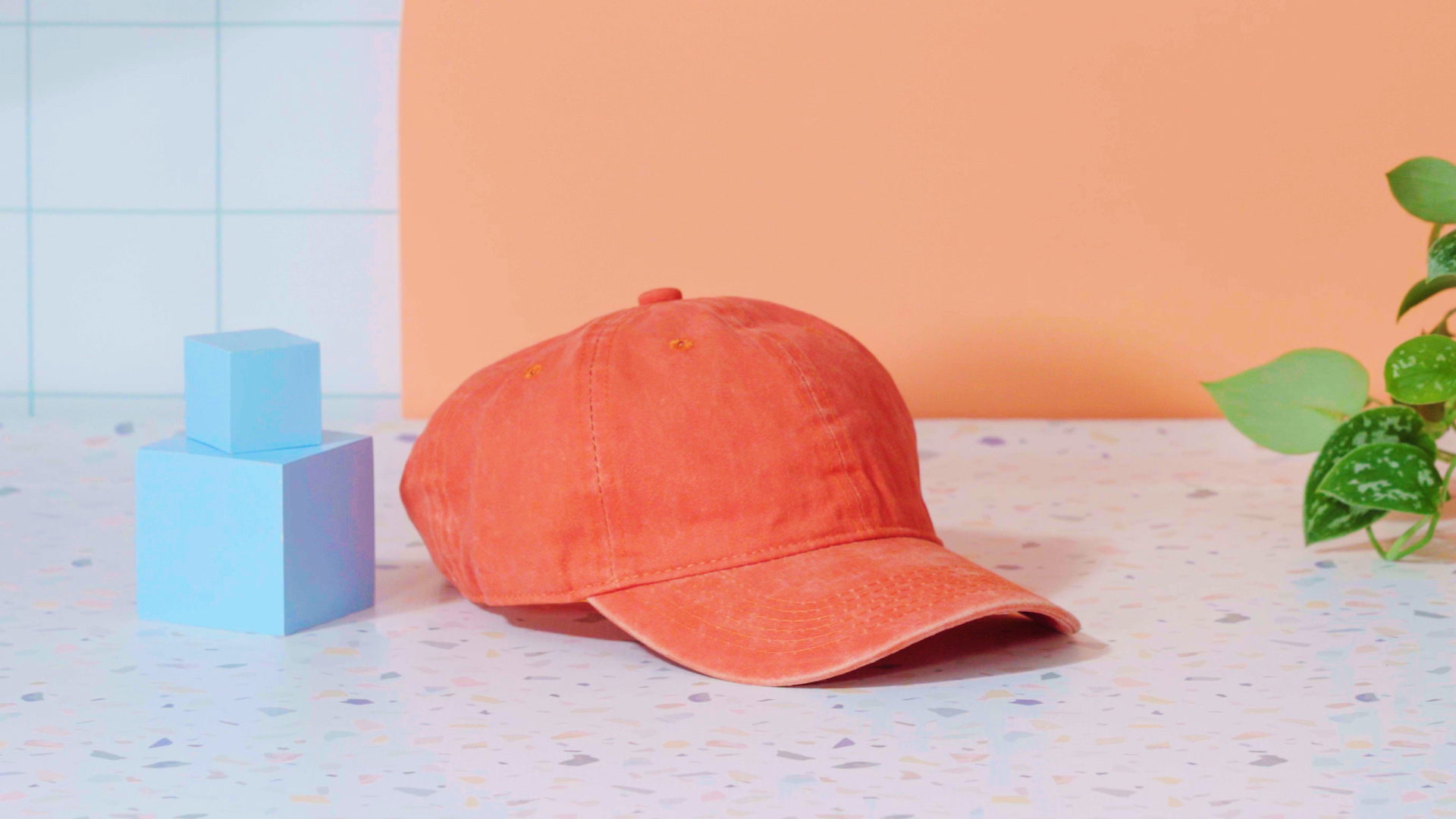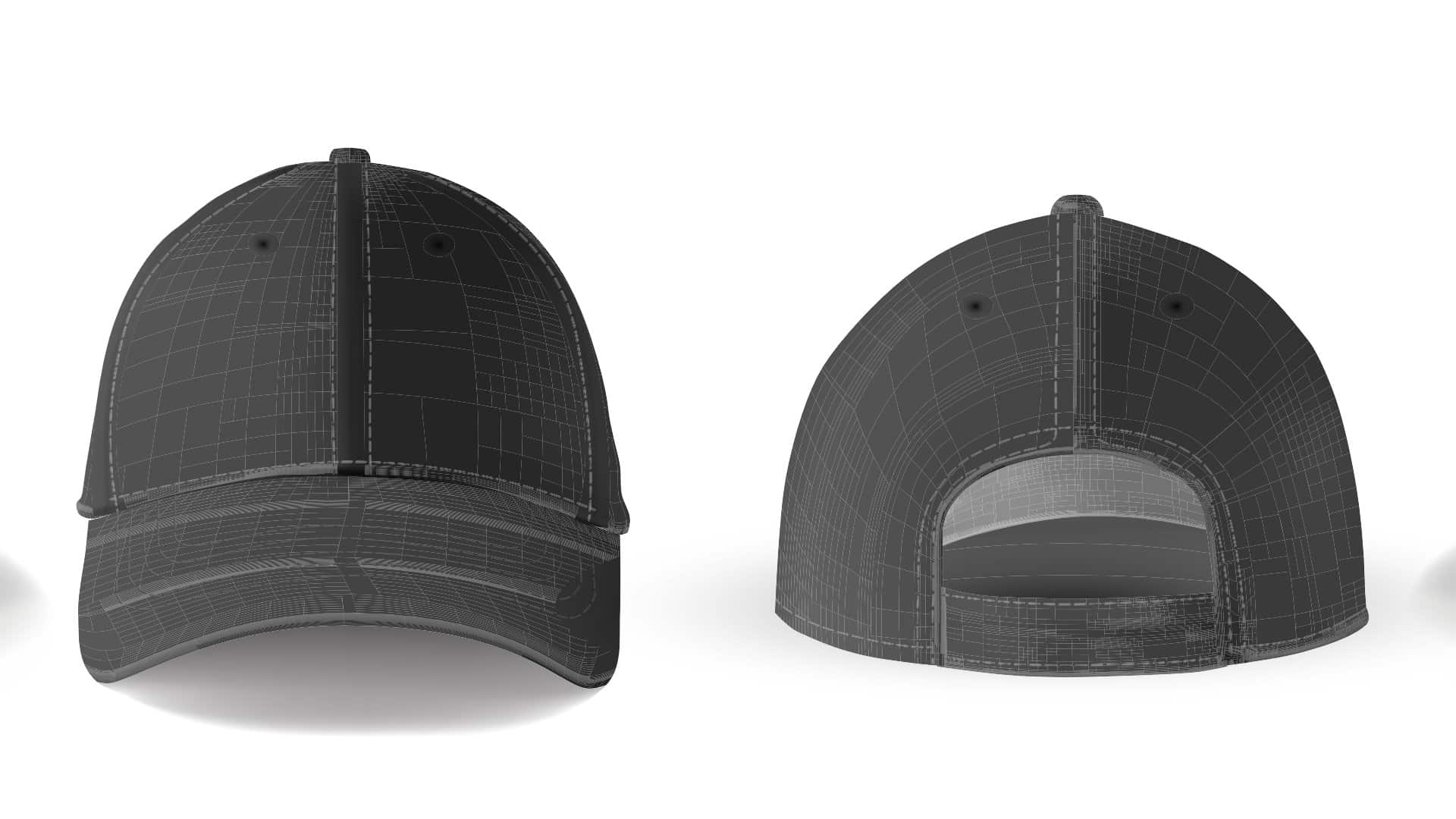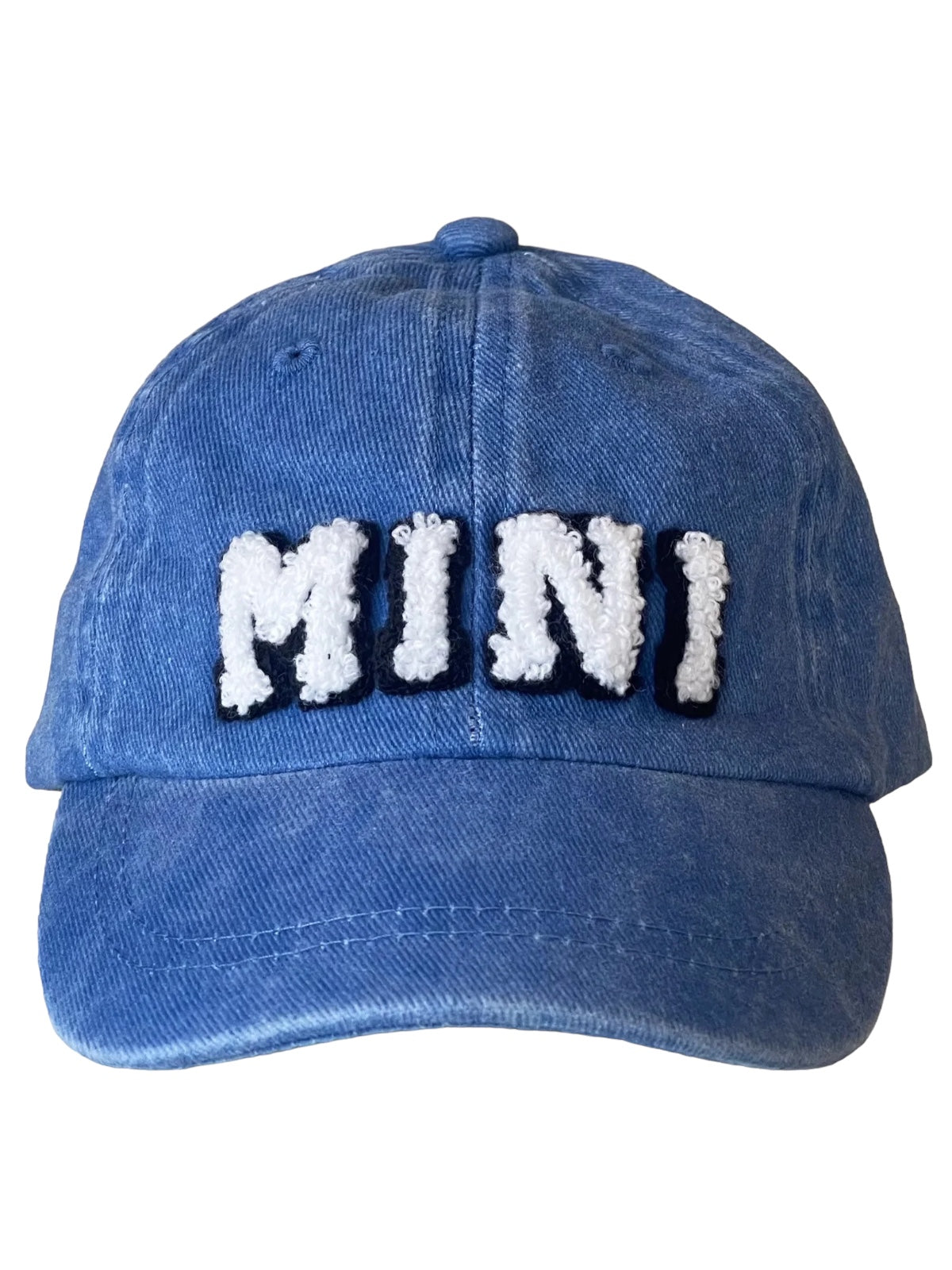Understanding the Challenge
Baseball caps, particularly those worn backwards, are a staple in casual fashion, symbolizing a relaxed and carefree attitude. However, with frequent wear comes the inevitable accumulation of sweat, dirt, and oils, which can not only degrade the cap’s appearance but also harbor bacteria that can lead to unpleasant odors. Cleaning a backwards baseball cap requires a delicate touch to preserve its shape and integrity, as improper methods can lead to shrinkage, fading, or even damage to delicate embellishments. This comprehensive guide delves into the intricacies of cleaning these cherished headpieces, ensuring they remain fresh and ready for your next outing.

Pre-Cleaning Assessment
Before diving into the cleaning process, take a moment to evaluate your cap. Note any special care instructions, such as ‘hand wash only’ or ‘do not bleach,’ typically found on an inner label. Consider the cap’s material—cotton, polyester blends, leather, or those adorned with embroidery, patches, or plastic adjusters will each demand tailored cleaning approaches. Additionally, check for stains and set-in dirt, as these may require pre-treatment.
Gathering Essential Tools
To effectively clean your backwards baseball cap, gather the following items: a gentle detergent suitable for the cap’s fabric, a soft-bristled brush or old toothbrush, a large bowl or sink filled with cool water, a clean towel for drying, and potentially a cap mold or stuffable item (like a ball of socks) to help maintain the cap’s shape during the drying process.

The Gentle Hand-Washing Technique
Begin by soaking the cap in cool water, allowing it to become fully saturated. This helps loosen dirt and prepares the fabric for cleaning. Next, mix a small amount of detergent with water to create a soapy solution. Using your soft-bristled brush or toothbrush, gently scrub the cap’s interior, exterior, and especially the sweatband, being cautious around embroidered areas to avoid damaging the threads. For tough stains, apply a small amount of detergent directly onto the spot and let it sit for a few minutes before gently rubbing. Rinse thoroughly with cool water until all soap residue is removed, ensuring no suds remain.
Dealing with Special Materials and Embellishments
Leather or suede patches and trims necessitate a different approach. For these, use a damp cloth with a minimal amount of water and a specialized cleaner designed for the specific material. Avoid submerging these parts in water. Embroidered logos and patches can be carefully cleaned using the soft brush, but avoid excessive rubbing to prevent fraying. Plastic adjusters and buckles should be wiped clean with a damp cloth and dried immediately to prevent rusting.

Drying and Reshaping
Post-cleaning, avoid the temptation to wring out your cap; instead, lay it flat on a clean towel and roll the towel up, pressing gently to remove excess water. Place the cap on its mold or stuff it with a soft material to retain its original shape. Allow it to air dry naturally, away from direct sunlight or heat sources, which can cause shrinkage or color fading. Be patient, as depending on the thickness of the fabric, this process could take up to 24 hours.
Maintaining and Storing Your Cap
Once completely dry, inspect your cap for any lingering odors. If necessary, sprinkle a bit of baking soda inside the cap, leave it overnight, then shake it out thoroughly. For long-term storage, avoid stacking caps, as this can distort their shapes. Instead, store each one individually, either on a cap rack or in a cloth bag. This prevents dust accumulation and safeguards against accidental damage.
Addressing Stubborn Stains and Odors
For particularly stubborn stains or persistent odors, consider investing in a specialized cap cleaner designed to tackle these issues without harming the cap’s fabric. Alternatively, a mixture of equal parts white vinegar and water can be used as a natural cleaning solution, followed by a thorough rinse and air-dry.
When dealing with mold or mildew spots, which can sometimes form on caps due to prolonged moisture exposure, mix a solution of equal parts water and isopropyl alcohol. Apply this solution gently to the affected areas with a soft brush or cloth, being careful not to soak the cap. Allow it to sit for a few minutes, then rinse thoroughly and air dry. Mold and mildew not only affect the appearance of the cap but can also lead to unwanted odors and potential health issues, making prompt treatment essential.

Preserving Color Vibrancy
To keep your cap looking fresh and new, consider rinsing it with cold water mixed with a small amount of white vinegar before the final rinse. Vinegar acts as a natural fabric softener and can help lock in colors, preventing fading over time. It’s especially beneficial for brightly colored or dark caps that tend to lose their vibrancy after washing.
Dealing with Sweat
Stains Sweat stains, particularly on the sweatband and the upper part of the cap, can be challenging to remove. A paste made from baking soda and a little water applied directly to the stained area and left for an hour before gentle brushing and rinsing can work wonders. Baking soda is a natural deodorizer and gentle cleaner that effectively lifts stains and neutralizes odors.
Protective Measures
Before wearing your cap, consider applying a fabric protectant spray, especially if you anticipate exposure to rain, dirt, or heavy sweating. These sprays create a barrier that repels water and stains without altering the fabric’s breathability or feel. Remember to reapply the protectant periodically, following the manufacturer’s instructions, to maintain its effectiveness.

Conclusion
Cleaning a backwards baseball cap is a task that demands care and attention to detail, but with the right approach, your favorite accessory can maintain its freshness and style for years to come. Remember, prevention is key; wiping your cap clean after each use and avoiding exposure to excessive moisture or dirt can significantly reduce the frequency and intensity of deep cleans required. With this detailed guide, you now possess the knowledge to keep your cap game strong and always ready for whatever adventure lies ahead.
Proper care and maintenance can significantly extend the life of your favorite caps. Regular gentle hand-washing, coupled with targeted treatments for special materials and embellishments, is key. Correct drying and reshaping techniques ensure the cap retains its form, while strategic storage minimizes the risk of damage. Addressing stubborn stains and odors promptly and taking preventative measures like using color-preserving rinses and fabric protectants further safeguard your cap’s longevity and appearance. With a little extra effort, you can enjoy wearing your caps for years to come, looking clean, fresh, and well-preserved.
